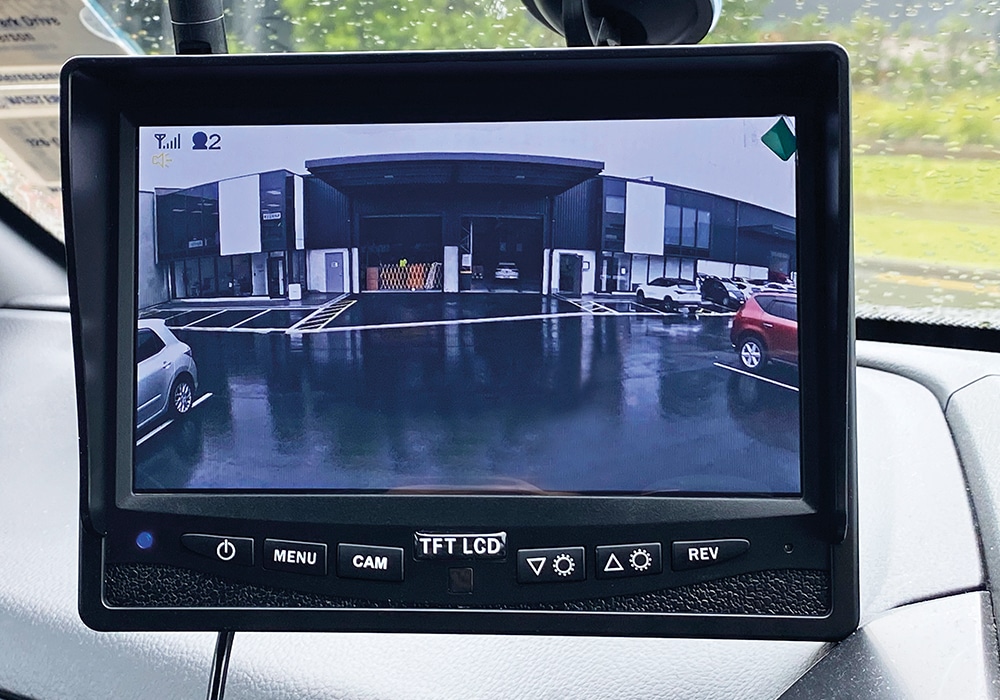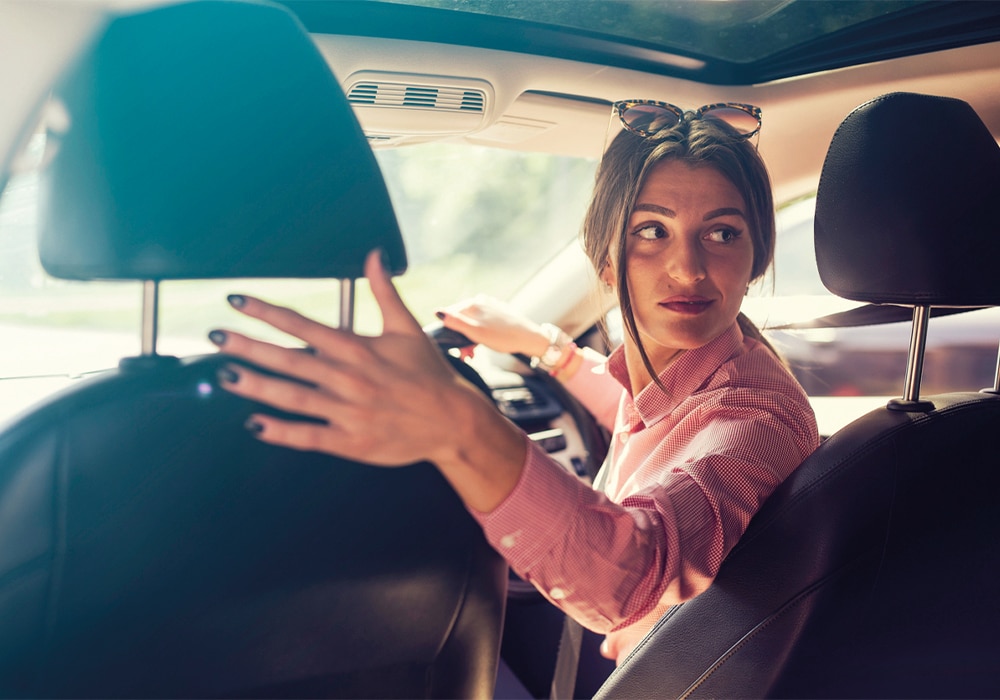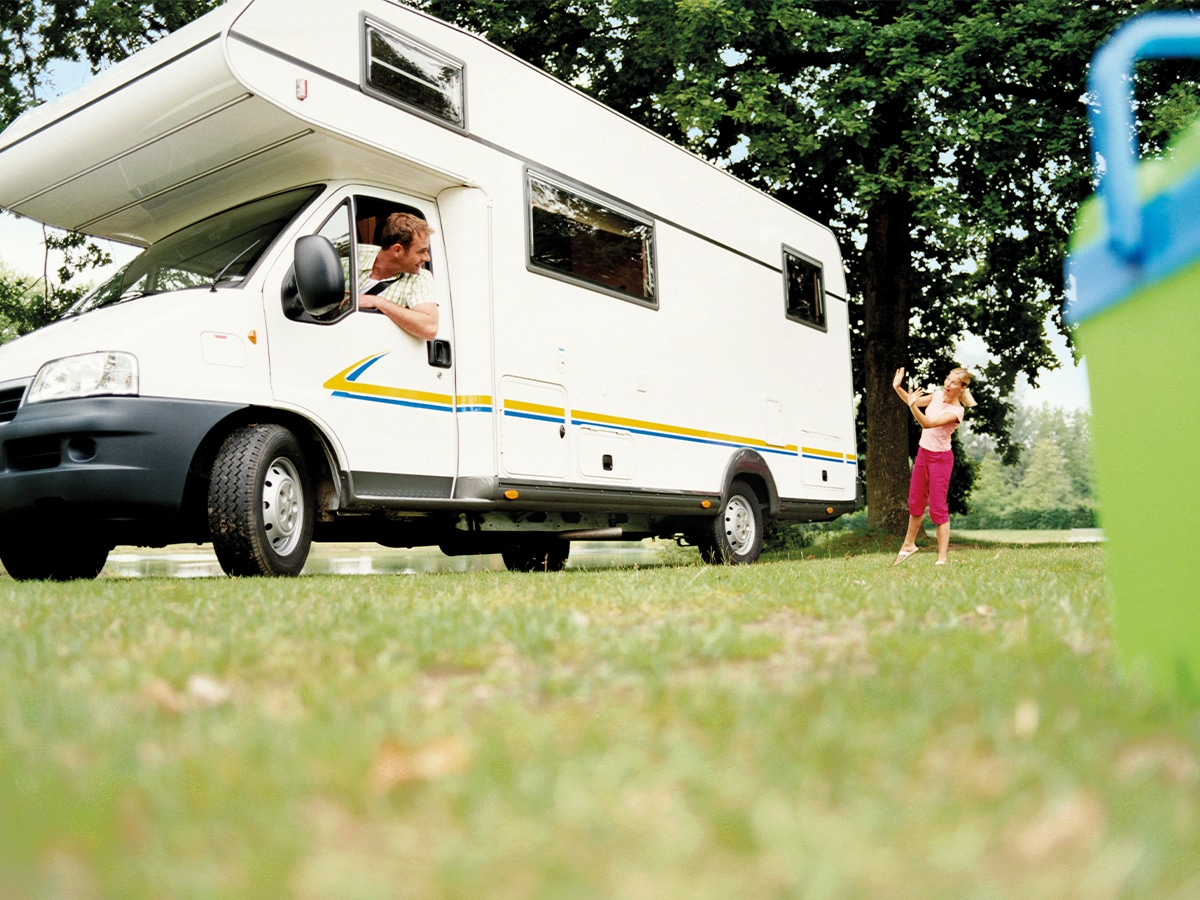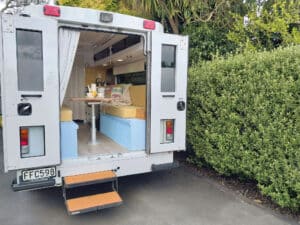Move over rearview mirror, the reversing camera is now a motorhome feature staple.
All motorhome and campervan owners know that driving a larger vehicle can be a challenge. Not only are there narrow, windy roads to contend with, you’ve got hills to climb, other drivers behind you, and snug parking spots to manoeuvre your way into.
Getting your passengers to jump out while you skilfully back into a camp spot or car park comes with the territory of holidaying or living on wheels – but alas, your passengers can take a seat as new, improved technology makes driving these big machines a little bit easier. With no visibility at the rear of a motorhome or caravan, reversing is particularly tricky. While side mirrors offer some visibility, there is no direct view of the back of the motorhome. Interior rear-view mirrors on many motorhomes are redundant, and these days they are often omitted from some models altogether.
Having a good quality reversing camera and monitor installed in your motorhome or caravan makes manoeuvring them a lot safer, which in turns gives drivers more confidence when backing into those prime camping spots or reversing out of tight car parks.
Campervans and caravans are a person’s pride and joy, and many people save for a long time to afford their home on wheels. Being able to see obstacles behind you – from unexpected lampposts to other campervans and not to mention people – means you can avoid unnecessary damage and give you peace of mind.

Going Digital
Many manufacturers fit cameras to their vehicles to help with manoeuvring, while aftermarket systems are also available. Many models of motorhomes come with a fitted, wired camera setup, while other motorhome owners prefer digital systems as there are less interference issues. Wireless reversing cameras use two types of technology to transmit the signal – analogue and digital. Analogue systems are usually the cheapest option but they are prone to interference and poor picture quality.
After supplying wired reversing camera systems for many years, the team at Apollo began researching wireless reversing camera systems with no interference issues. “It is also quite expensive to hardwire through a car for a caravan, and aftermarket it is a lot of work to fit a reversing camera into a campervan. The labour for wiring through the walls and underneath the vehicle was quite a lot,” says Duncan MacMillan, co-owner at Apollo.
“So about eight or nine years ago we looked into wireless technologies, but a lot of it was analogue, which has its issues…garage door openers would blank the screen out, and there was a lot of interference from other vehicles,” he says. “We even had one customer who was driving off the ferry in Wellington, and he said, ‘Wow, that campervan behind me is exactly the same as my camper’ – but he was picking up the signal from the camera on the vehicle in front of him.”
Apollo now supplies crystal clear wireless reversing camera pictures, with two monitor styles and multiple camera options. Available in either 7”dash mount or 7” mirror mount displays with up to two cameras connectable.

It’s all about the angles
Duncan says the technology available in wireless systems has advanced so much that campervan and caravan owners can use them for a variety of applications. “You can add a second camera, so you can have it looking back and down, and on the display you can have a split screen and have both viewpoints up at the same time.” The cameras provide a 110-degree viewing angle, the extra width and extra height offering a superb perspective of your surroundings.
Duncan says the resurgence of bikes and e-bikes amongst motorhomers means many vehicles are fitted with permanent brackets for several bikes. And with a standard reversing camera, you can’t see over them. “So we have been able to put different systems in – beside or below the e-bikes, or at bumper level – to give drivers more angles. Being wireless means you can pretty much mount the camera anywhere on the vehicle; it’s quite versatile.”
The camera system also offers a night vision feature, so when you’re driving at night you can see what is behind you without having to turn your lights on. “We’ve done six seven hour drives with our big trailer – our trailer is 2.45 metres wide, the maximum road width, and we cannot see behind us,” Duncan says. “Having the camera on it just makes the whole experience golden, it’s just so much easier to use and gives you peace of mind while you’re driving, especially at night.
SPECIFICATIONS
• 7” dash mount display with up to two cameras in durable aluminium housing.
• Monitors plug into 12 volt power, with the dash mount unit having a cigarette power cable.
• 7” dash mount monitor includes a window suction cup mount.
• Power input is 9-32V DC.
• 2.4 GHz wireless operation.
• IP67 waterproof rating on the cameras.
• 10G vibration rating.
• Infrared LEDs for night vision use.
• Second camera optional.
• Option roof mount antenna for camera.
For more information call our friendly Apollo team on 09 424 1427 or visit our website at apollotv.co.nz






